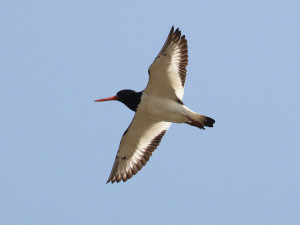
Eurasian Oystercatcher is one of the most recognisable shorebirds in Europe, within the region its black and white plumage and bright orange bill make it unmistakeable. One Oystercatcher is a smart bird, something that stands out in the crowd, while a small flock is even more interesting to watch because of the noisy, bickering interactions they have with each other. However, imagine seeing groups of hundreds of them form into one massive flock of several thousand birds; the sight and sound of this is incredible, an unforgettable experience and this is what I get every time I go birding at Shellness, on the Isle of Sheppey, Kent, UK. I have been lucky enough to visit many countries for birding and I have seen some really amazing bird spectacles but the flight of Oystercatchers at Shellness is up there with the best. One of the nice things about this flypast of Oystercatchers heading to their high tide roost is that it is completely predictable, if you refer to a tide table, making it a great opportunity for photographing these wonderful birds and I have also put together a video for birders to see this impressive behaviour for themselves.
At low tide Oystercatchers feed on the mudflats, searching for cockles, mussels and other prey within the mud. In fact when I was videoing these birds I put my hand into the mud and found that most of what I pulled out was shellfish, with very little mud surrounding them at all; astonishing.
But as the tide comes in the areas of mud get smaller and as feeding becomes restricted they begin flying towards their high tide roost in small groups which get progressively larger until they fly through in big flocks on their way to roost on the shingle beach. This area of shingle forms a spit of land reaching into the salt marsh and is roped off so that the few people who visit do not disturb nesting birds in the summer and roosting birds all year round. Few people undrstand the importance of undisturbed high tide roosts for wading birds, without them many areas of potential feeding remain unused and seeing the large number of birds that use this area reinforces that fact.
Oystercatchers may just look like black and white birds, and basically they are, but if you take a close look at them, particularly in flight, they are a lot more than that. Photographs of Oystercatchers in flight bring out the beauty of the details of their plumage and the individual feathers.
I read several papers on prey selection and quantity for Oystercatchers and some of the information was remarkable. Oystercatchers can eat up to 500 individual items of prey in a day; I created a pile of 500 cockle and mussel shells which can be seen in the video just so I could see what that looked like. Oystercatchers tend to select medium sized mussels – small ones do not contain enough energy to make them worthwhile, but large ones are harder to open so can be a waste of energy, while the medium ones are just right! In terms of weight, Oystercatchers can consume up to 50% of their bodyweight in a feeding session and if they become underwight for any reason their food consumption goes up in proportion to their bodyweight. Imagine if humans ate this much.
I have written about Oystercatcher feeding habits before, and you can read more about the subject with some links to papers on the issue here – Eurasian Oysterctahers. Their feeding behaviour is fascinating and being such large ans showy birds it is also very easy to watch them and record how often they find prey, or what they eat, for yourself.
One piece of interesting Oystercatcher feeding behaviour I have noticed is that some birds actually take items of food with them to their high tide roost to be eaten when they get there. A bit like taking a snack along to help stave off the hunger while waiting for the tide to recede again.
Sometimes shellfish that Oystercatchers are trying to open clamp down on their bills and end up getting an unplanned ride to the roost site. It can’t be very pleasant for the birds but don’t worry, eventually the shellfish will drop off.
Although I have been lucky enough to see some of the world’s rarest wading birds I still love Eurasian Oystercatchers and rate them very highly not only for the way they look but the way they behave, especially their noisy , often hysterical, call.


 January 13th, 2021
January 13th, 2021  Nick
Nick 
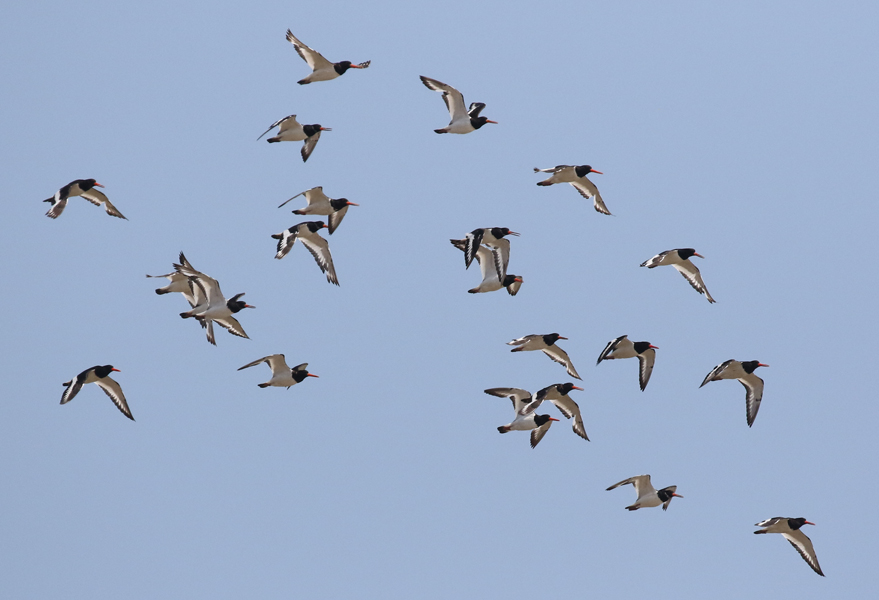

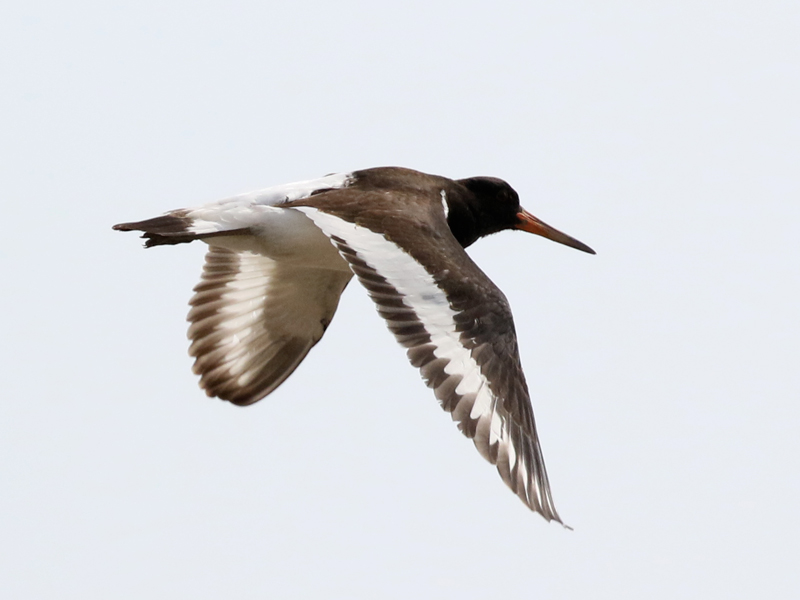
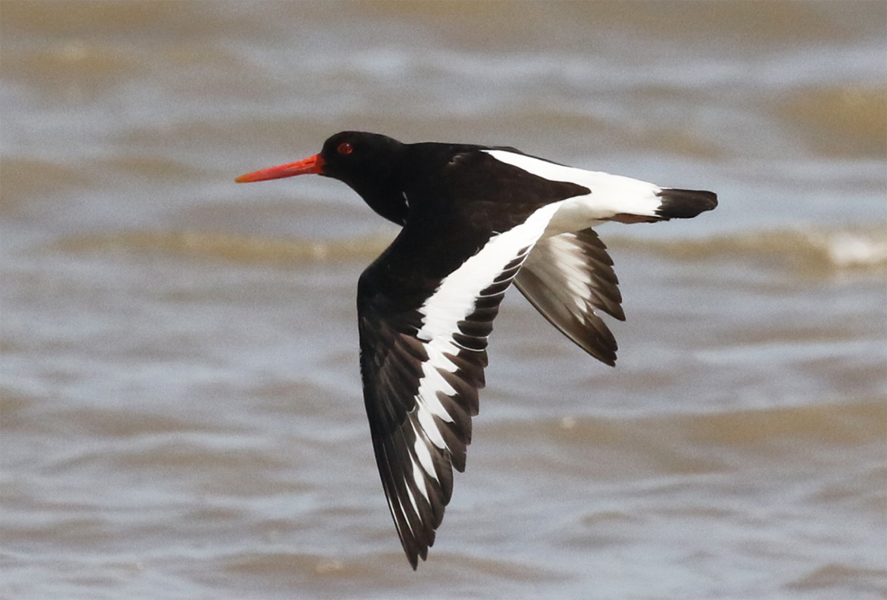
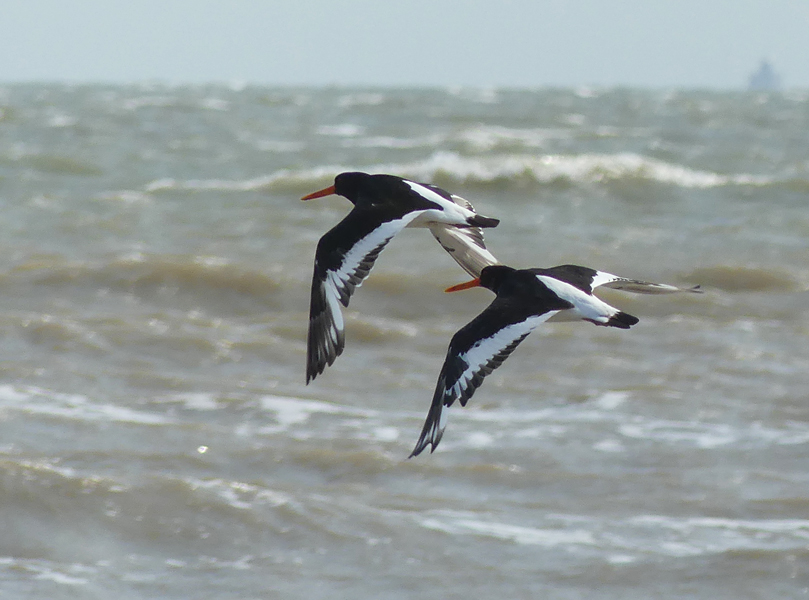
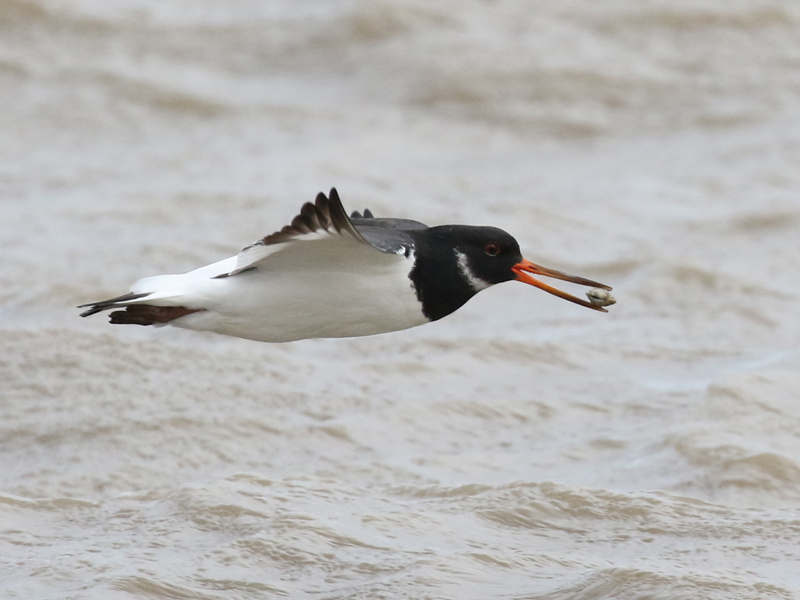

 Posted in
Posted in  Tags:
Tags: 










